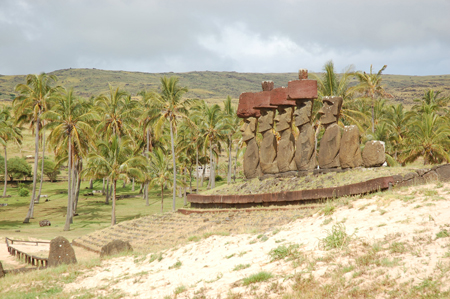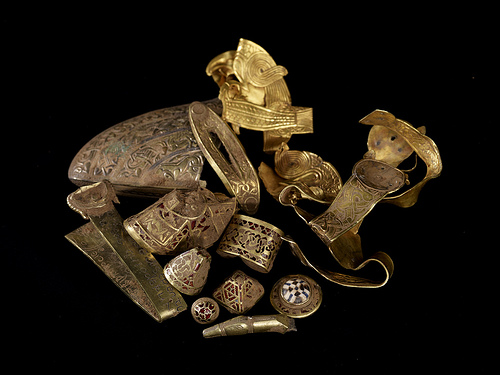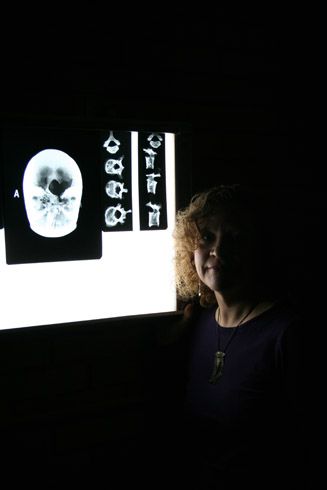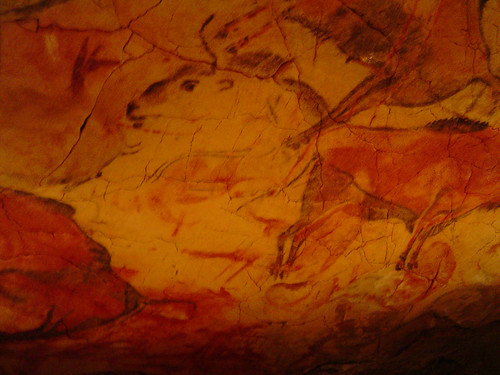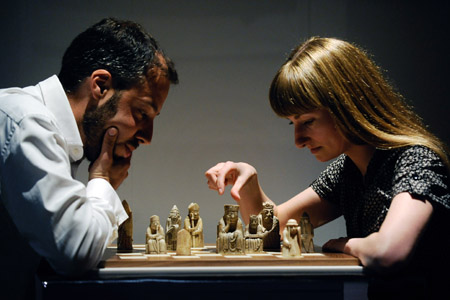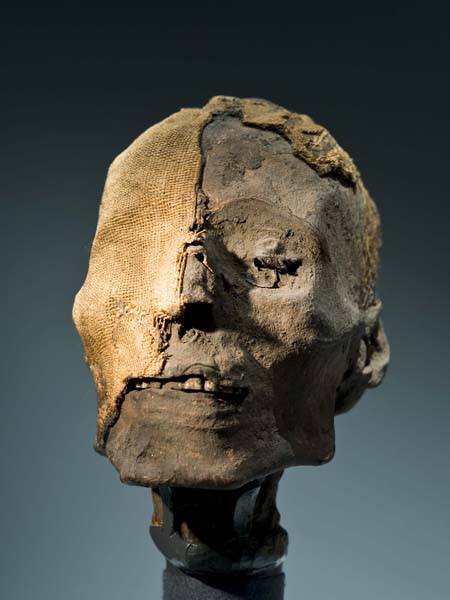As documented in the article ‘Woman of Sparta: Tough Mothers’, Spartan women enjoyed all kinds of rights not shared by their Athenian sisters – albeit plenty of plights too. Sparta’s unique social system and constitution, which was completely focused on military training and excellence, afforded females a level of freedom and responsibility uncommon in the classical world – as child bearers, they were vital to replenishing the ranks of an army that suffered an almost constant stream of casualties; with so many men constantly away at war, they were crucial to running their households and the community at large. Yet, Spartan…
-
-
After a hugely successful tenth anniversary year in 2009, Scottish Archaeology Month (SAM) is upon us once again. Organised by Archaeology Scotland, the 2010 installment of the annual festival of dirt-digging – which takes place from late August right through until the end of September (okay, so a little longer than a month, but who’s counting?) – comprises a panoply of archaeology-related events, around 150 of them in total, taking place up, down and all over Scotland, from the Borders in the south all the way to Orkney in the north, and from Aberdeen in the east all the way…
-
According to figures quoted at an archaeological conference last week by Dr Zahi Hawass, the Egyptian Supreme Council of Antiquities (SCA) has generated more revenue in recent years from sending treasures of Tutankhamun abroad than it has from collections in the countrys own museums. That includes the Howard Carter collection at the Egyptian Museum in Cairo, which features key pieces from King Tuts tomb such as the Golden Death Mask (some amazing picture of which you can view here) and coffins deemed too fragile or unwieldy to travel outwith the country. The SCA has made over $100 million from its…
-
An archaeologist from the University of Manchester has produced new research suggesting Western invaders should be blamed for the demise of the ancient people and culture of Rapa Nui or Easter Island, further contradicting the once popular idea that its primitive, warlike Polynesian inhabitants had already themselves provoked societal collapse long before the remote southeastern Pacific island was first visited by European explorers in 1722. Backing an already substantial body of opinion, Dr Karina Croucher a post-doctoral researcher in the School of Arts Histories and Cultures argues that the Easter Islanders must have had a sophisticated and successful culture until…
-
The recent discovery of the biggest hoard of gold ever found in Britain has brought tears to the eyes of experts and amateurs alike. Terry Herbert stumbled upon the huge trove of Anglo-Saxon treasure – worth at least £1 million – while metal detecting in a Shropshire field. Herbert isn’t the only amateur to have hit the jackpot. Several finds by metal detectorists have stunned archaeologists and proven that the hobby can have surprisingly spectacular – and lucrative – results. Here we round up 10 of the top artefacts discovered by metal detector in Britain. 1. The Shrewsbury Hoard, 2009…
-
University of Alberta professor of anthropology Sandra Garvie-Lok is on a CSI-style hunt for answers to a 1,500-year-old crime. Her victim: John Doe, an unidentified male with severe cranial trauma, killed at the ancient Greek city of Nemea during the Slavic invasion of Greece in the 6th century AD. The verdict: murder, most likely but how and why? Robbery has already been ruled out the unfortunate soul, whose cadaver was discovered crushed in a small, graffiti-stained tunnel entrance, had cash and other possessions on him. Was he perhaps slain in battle, seeing as he appears to have been an eye-witness…
-
The Spanish Culture Ministry have announced that the Caves of Altamira the so-called Sistine Chapel of Paleolithic art are to reopen after eight years of closure, despite serious warnings from scientists that the world-famous ancient drawings and polychrome rock paintings within may suffer irrevocable damage from moisture generated by visitors. In a statement to reporters on Tuesday, Spanish Culture Minister Angeles Gonzalez-Sinde and the sites board of directors announced that public access will resume before the end of this year, albeit on an unspecified, restricted basis. The cave complex located in the Cantabria region of northern Spain, and first discovered…
-
Time Team star Tony Robinson has backed a campaign by VisitScotland, Scotlands national tourism board, promoting archaeological tourism in the country of such world-renowned UNESCO Heritage Sites as St Kilda and Skara Brae, and remarkable heritage treasures including The Lewis Chessmen and the Orkney Venus. The message to visitors: forget all those dull clichs about tartan, haggis and caber tossing, and instead get around the country and discover a rich well of history which runs many thousands of years deeper than William Wallace and the narrow vision of Scotlands past popularised by Braveheart. Scotlands history runs through the Viking and…
-
I’ve had something of a crash-course on the subject of the Lewis Chessmen since it was announced back in October last year that pieces from the London and Edinburgh collections would be reunited for a major touring exhibition of Scotland running throughout 2010 and 2011. I researched the story of the Lewis Chessmen for this article, blogged on the findings of new research on their origins and usage, pitted them against King Tut’s ivory senet board in a face-off, and reported on the premiere last month of the exhibition at the National Museum of Scotland (NMS). I was beginning to…
-
Tickets went on sale at the weekend for the premiere of Mummies of the World the largest single collection of mummies ever brought together in one exhibition, and the very first exhibition of its kind to be staged in the United States. Opening on July 1, itll take place at the California Science Centre in Los Angeles, and run for a limited time, before moving on to tour an as yet undisclosed string of museums around the US for up to three years. Organised by American Exhibitions Inc. (AEI), in association with Reiss-Engelhorn Museums (REM) of Mannheim Germany, the exhibition…




